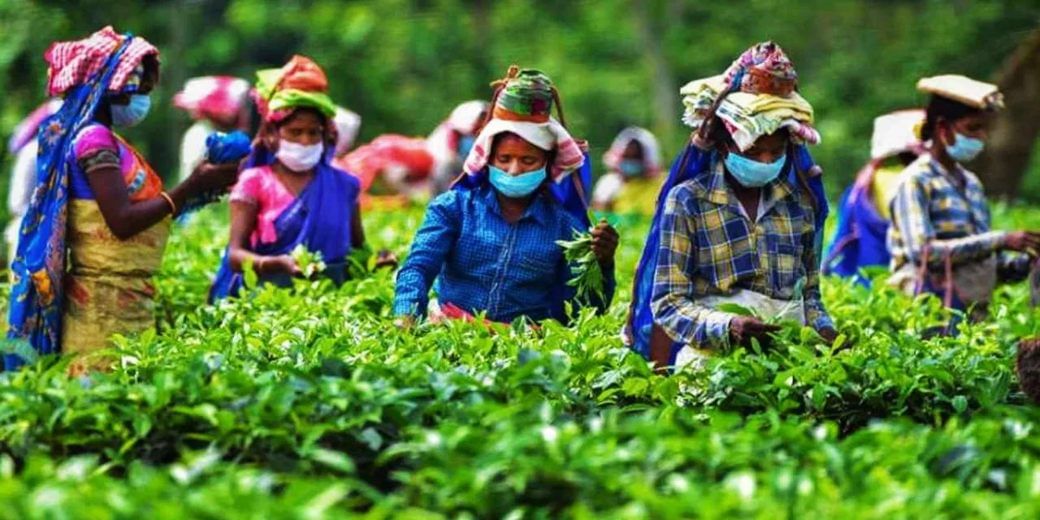Darjeeling tea: Export cup struggling to cheer this year
The economic travails in Europe that already range from slowdowns to downright recession are threatening to worsen the situation for export of Darjeeling tea

One of India’s most beloved agricultural products that has remained favourite of global connoisseurs down the decades has been the good old aromatic tea from Darjeeling in north Bengal. The economic travails in Europe, that already range from slowdowns to downright recession and are threatening to worsen, have already taken a toll on the export of Darjeeling tea with the industry highlighting at least 10-15% drop in demand this year compared to the last, Financial Express has said in a report.
The red flag has been held aloft just after reports of Germany, Europe’s largest and the world’s fourth largest economy, slipping into recession surfaced last week.
Almost half of the tea produced in Darjeeling is exported. Incidentally, Darjeeling tea was the first Indian product to get a GI tag in 2004-05.
England, Germany main markets
Along with England, Germany has been a big and paying market for aromatic Darjeeling tea. “Germany is the consuming and trading hub for Darjeeling tea in Europe. In Europe, the demand is at least 10-15% less compared to last year. Moreover, unit sale price is same to marginally lower,” Anshuman Kanoria, chairman of Indian Tea Exporters Association said.
Exporters said that sales have suffered in Japan too, another country that has traditionally placed high value of Darjeeling tea. A weak Japanese currency has been the reason there, they pointed out.
Premium tea
Many tea gardens in Darjeeling earn a lion’s share of the annual profits by exporting their first and second flush tea to the developed economies. The tea that is harvested from late February through April is described as first flush tea for which connoisseurs are ready to pay a hefty premium. The second flush tea that is harvested between April and May. Though the second flush is also exported it does not fetch premium margins for the industry.
The first flush, on average, contributes about one-quarter of the production of the entire year’s production in these hills.
More than 30 lakh kg of tea was exported from Darjeeling last year.
Heat damage
The crop, too, has been rather poor in the hills of north Bengal. Till mid-April, the crop suffered due to hot and dry weather conditions. The produce has dipped by about 30%. Incidentally, the Union finance ministry expressed apprehensions about agriculture suffering this year due to extreme hot weather.
The production did pick up in end-April and early May, thanks to adequate rainfall, but the quality of the crop suffered. Exporters described the quality as “low-medium”.
Right now, another bout of hot weather has delayed the second flush crop by about a fortnight, the producers said.
In a sense the travails of Darjeeling tea industry have been evident for more than a decade with a gradual decline in production. Production was recorded at 91 lakh 40,000 tonnes in 2011. It went down to 81 lakh 30,000 kg in 2016. In 2021, it dipped further to 66 lakh kg.
High cost of labour, low productivity and erratic weather have taken a toll on this industry.